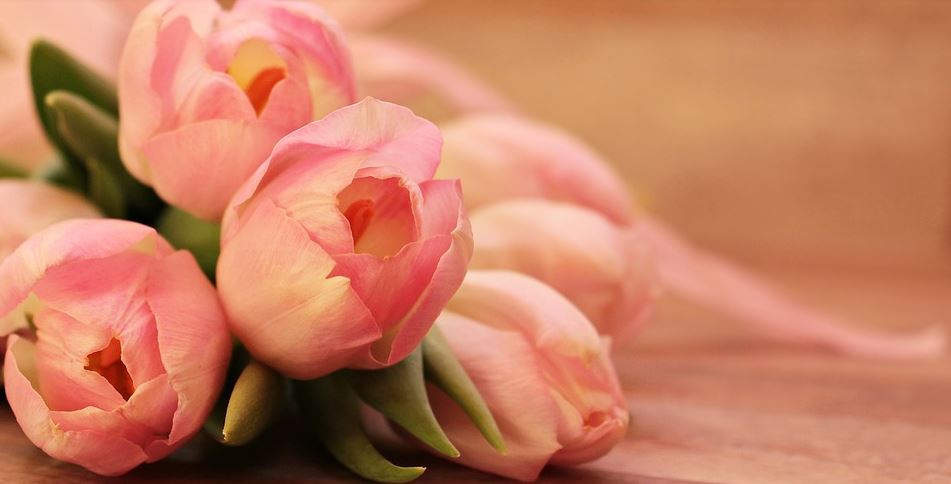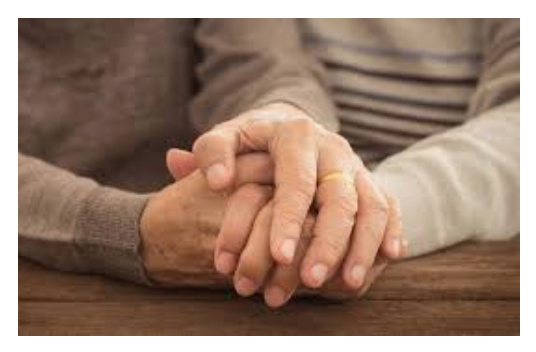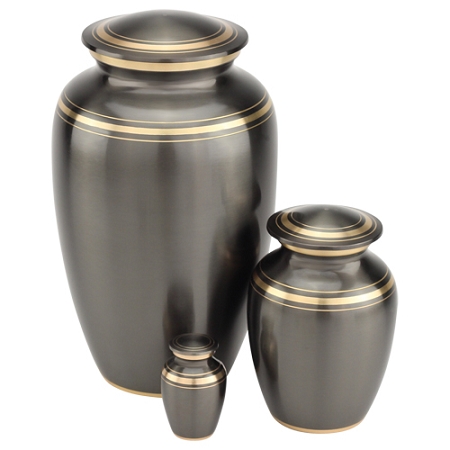Welcome to our Blog
In our blog, we share resources and information that families in our community can use to cope with their loss or better understand their grief. We also write about ways we have been involved in the community. Check out our latest posts below.

Exploring Cremation Keepsakes
Posted on April 5, 2019 by Lifesong Funerals | Leave a comment
Posted under Uncategorized
Bidding farewell to a loved one or friend can seem as if there’s no chance to maintain a lasting relationship with that individual now that they’re gone. Not having them close to you is something that truly strikes at the heart of most people’s fears about this type of situation. Cremation eliminates the task of […]
Continue Reading
Creative Ways to Use Your Loved One’s Funeral Flowers
Posted on April 1, 2019 by Lifesong Funerals | Leave a comment
Posted under funeral home
After funerals at Tallahassee, FL funeral homes, the families of those who died face a dilemma in what to do with all the flowers that are sent for the funeral. While more and more people are choosing to request charitable donations in lieu of flowers, some people will always send flowers anyway. The spray that […]
Continue Reading
Coping with Grief: The Healing Power of Pets
Posted on January 29, 2019 by Lifesong Funerals | Leave a comment
Posted under Uncategorized
The ability of pets to provide comfort to humans in times of illness or grief is recognized by medical professionals, therapists, and hospice workers around the world. People who are facing death or mourning the loss of a loved one are often calmed and reassured by the loving companionship of a pet. Pets are known […]
Continue Reading
What is Advance Funeral Planning?
Posted on January 19, 2019 by Lifesong Funerals | Leave a comment
Posted under Uncategorized
Advance funeral planning is the process of discussing, defining and recording your specific and unique funeral wishes with your funeral home provider and loved ones long before the services, ceremonies, traditions and rituals are needed. It is a gift to those who will be handling your affairs after you have departed. Your family will have the benefit of a […]
Continue Reading
How to Choose the Right Urn
Posted on December 31, 2018 by Lifesong Funerals | Leave a comment
Posted under Uncategorized
The primary purpose of a cremation urn is to hold the cremated remains of the deceased. But what will you do with the urn once it is filled with your loved one’s ashes? The answer to that question and a few others will help to determine the type of urn you will need and help […]
Continue Reading